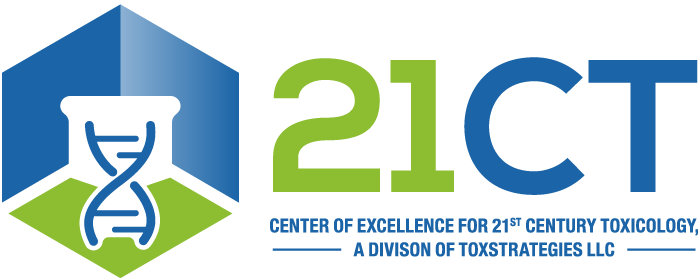Haws L, Fitzgerald L, Burkhalter K, Wikoff D. US EPA’s proposed toxicity values for TCDD: Implications for decision-making regarding the safety of foods in the United States. Presented at Society of Toxicology 51st Annual Meeting, San Francisco, CA, March 2012.
Abstract
USEPA recently released a draft RfD (0.7 pg/kg-d) and oral CSF (0.001 pg/kg-d-1) for 2,3,7,8-TCDD. The CSF equates to intakes of 0.1–0.001 pg TEQ/kg-day at 10-4-10-6 risk levels, respectively. These intakes are substantially lower than tolerable daily intakes (TDIs) developed by other regulatory and public health agencies (eg, JECFA has established a provisional tolerable intake equivalent to 2.3 pg/kg-d), as well as considerably below estimated breastmilk intakes (242 pg/kg-d). Our objective was to compare intakes of dioxin-like compounds (DLCs) from US foods to intakes associated with the USEPA draft toxicity values as a means of assessing the implications of these values. Daily intakes were based on USFDA estimates of average total dietary intakes of DLCs, which were calculated using data from the Total Diet Study and consumption data from USDA. Risk and hazard were estimated using standard equations and exposure factors for child, adolescent, adult and ageadjusted scenarios. Daily intakes from food greatly exceeded the intakes associated with the CSF at all risk levels for all age groups. Daily intakes also exceeded the RfD for a number of infant, child and adolescent age groups. The cancer risk associated with lifetime dietary DLC exposure (3×10-4 to 9×10-4) was above USEPA’s acceptable risk range. The noncancer hazard estimates were found to exceed the USEPA’s target HQ of 1 for children (2.4), adolescents (1.4) and the age-adjusted group (1.3) when the full value of the detection limit was imputed for non-detects (NDs). In contrast, when intakes were compared to the JECFA value, which is protective of both cancer and noncancer, results indicated that daily intakes are below the level of concern for all age groups, regardless of the value imputed for NDs. Collectively, these data indicate that different conclusions about the toxicity of TCDD lead to substantially different conclusions regarding the safety of foods, and demonstrate the importance of using best available science rather than simply relying on precautionary approaches.
